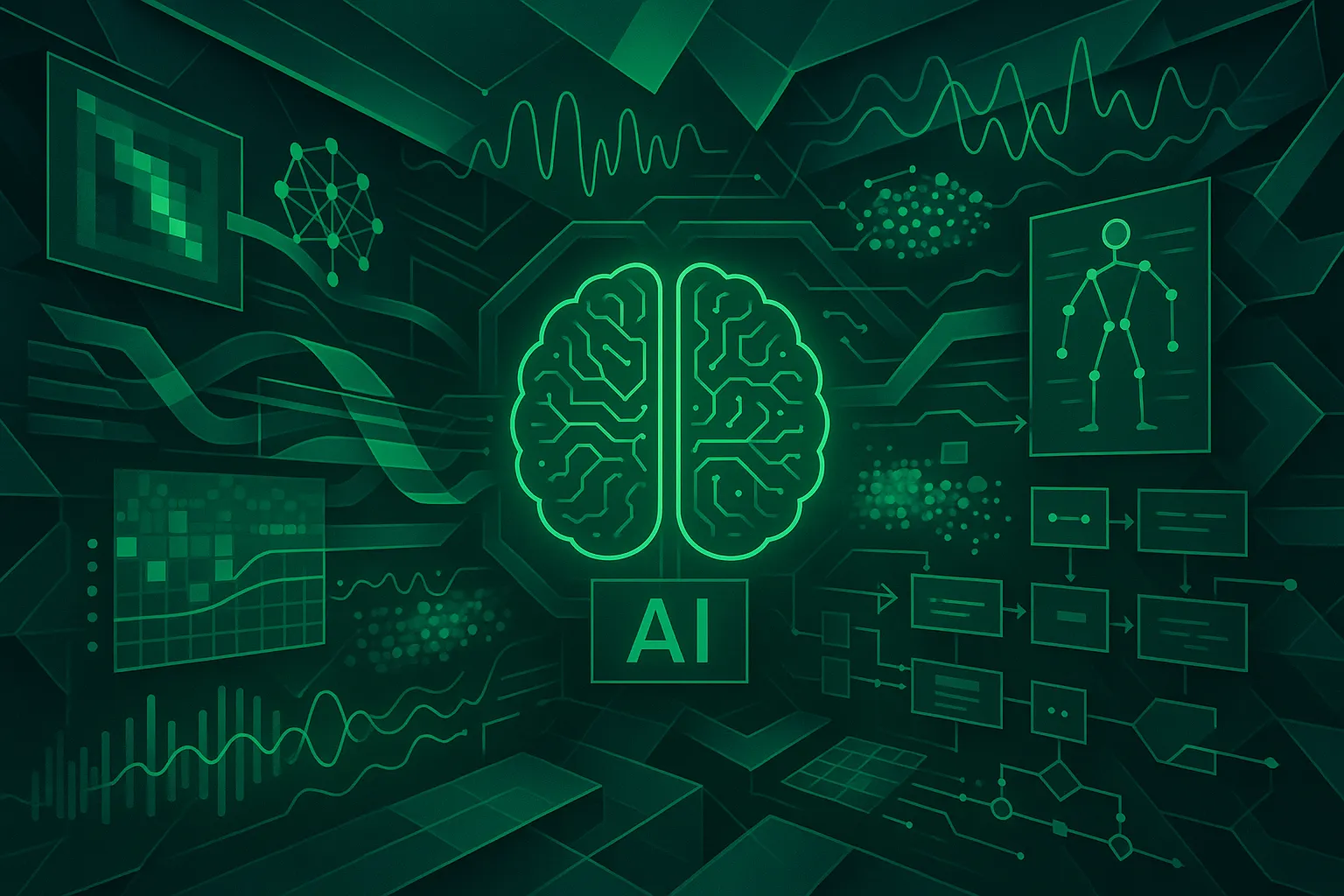
2025-04-09T04:00:00+00:00
In today’s digital landscape, “Conversational AI” and “Chatbots” often get tossed around as if they’re identical twins. However, while both aim to refine human-computer dialogue, their underpinnings and capabilities are worlds apart. Let's dive into the core differences and understand why conversational AI holds the key to the future of digital interaction.
**Decoding Technologies: Chatbots vs. Conversational AI**
At their essence, chatbots are like virtual assistants crafted to simulate conversations through texts or voice commands. They function on pre-scripted dialogues, delivering canned responses triggered by specific keywords. This simplicity has made them invaluable in automating customer service, answering frequent inquiries promptly and efficiently.
In contrast, conversational AI is an evolutionarily advanced system. Utilizing Natural Language Processing (NLP), Machine Learning (ML), and contextual analytics, it crafts a dynamic and tailored interaction experience. With access to vast datasets, ecosystems powered by conversational AI can decode context, manage nuanced dialogues, and enhance their interaction brilliance progressively.
**The Core Distinctions in a Nutshell**
Fundamentally, three pillars differentiate conversational AI from traditional chatbots - complexity, flexibility, and adaptability:
- **Complexity**: Chatbot systems rely on basic algorithms ideal for simple, repetitive tasks. On the contrary, conversational AI integrates intricate machine learning and NLP elements, ideal for managing multifaceted conversational scenarios.
- **Flexibility**: Chatbots often struggle outside their programmed scenarios, leaning on humans for resolutions that surpass their scope. Meanwhile, conversational AI can seamlessly navigate varied topics, modulating its responses based on contextual cues.
- **Adaptability**: Whereas chatbots hinge on static decision trees, the AI alternative thrives on data-driven insights, continually refining its comprehension and response mechanisms for increased efficiency.
**The Brighter Edge of Conversational AI**
So, what makes conversational AI a game-changer? For starters, it offers a remarkably human-like feel, deciphering intent far beyond basic keyword recognition to bolster user satisfaction. It consistently evolves, acquainting itself with new trends to fortify accuracy and operational efficiency. Moreover, conversational AI’s integrative potential extends into intricate systems, furnishing scalable solutions across various domains and functionalities.
**Choosing Your Champion: Chatbots or Conversational AI?**
Business choices revolve around needs. Opt for chatbots if a cost-effective, straightforward system suffices. But if nuanced interactions and scalability are paramount, conversational AI's dynamic prowess should be your go-to solution.
**Charting the Future of Digital Interactions**
As technology gallops forward, the nuances separating conversational AI from chatbots will become increasingly pronounced, establishing conversational AI at the helm of human-computer interactions. Recognizing their unique value propositions ensures that you, whether a business or an individual, can choose and tailor the right tools for your evolving demands.
What’s your stance on the transition from traditional chatbots to conversational AI? How do you envision integrating these advancements in your sphere? Engage with us and share your insights or forward this piece to someone navigating the crossroads of digital interaction!